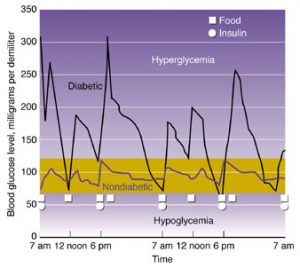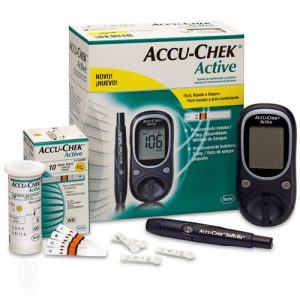Using Blood Glucose Charts
Diabetes is quickly becoming one of the greatest health care concerns of modern times, and if you are a diabetic the best way to keep a handle on your diabetes is by keeping track of your blood sugar by using blood glucose charts. Diabetes, if not properly treated, can lead to heart problems, kidney failure, peripheral neuropathy, coma, and even death. The only way to keep these things from happening is to keep your blood sugar as close to normal as possible for as much of the time as possible and this can be done with blood glucose charts. (more…)


